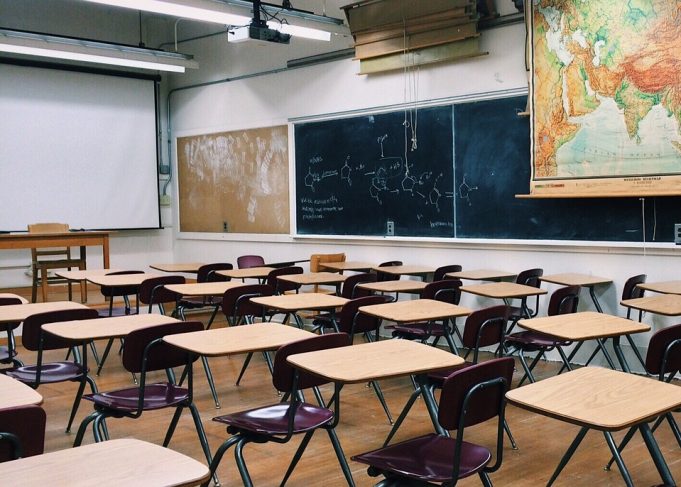The achievement gap between disadvantaged students and well-off students is as wide today as it was for children born in 1954 when it comes to tests in math, reading, and science, says a new study from Harvard University, Stanford University, and the University of Munich.
In a new article for Education Next, Eric A. Hanushek, Paul E. Peterson, Laura M. Talpey, and Ludger Woessmann report differences in the performance on math, reading, and science tests between disadvantaged and advantaged U.S. students have remained essentially unchanged for nearly half a century.
“After looking at a comprehensive, systematic set of student assessments, we are unable to confirm earlier, more limited research that purports to show income-achievement differences have grown dramatically,” said Paul E. Peterson, a professor of government at Harvard, director of the university’s program on Education Policy and Governance, and a senior fellow at the Hoover Institution.
The authors used a representative sample of student performance on four national assessments administered to students born between 1954 to 2001. The sample included a total of 98 tests administered over 47 years to more than 2.7 million students around the ages of 14 to 17.
“The stubborn endurance of achievement inequalities suggests the need to reconsider policies and practices aimed at shrinking the gap,” the authors write. “Although policymakers have repeatedly tried to break the link between students’ learning and their socioeconomic background, these interventions thus far have been unable to dent the relationship between socioeconomic status and achievement. Perhaps it is time to consider alternatives.”
The results found that extremely disadvantaged students are on average three to four years of learning behind their more affluent peers. While the Black-White achievement gap did narrow in the early decades of the period under study, it has plateaued for the past quarter century.
“On the positive side, the country has launched multiple compensatory education programs, including head start, school desegregation, federal aid to districts with low-income students, special education programs, and court-ordered reductions in fiscal inequalities across school districts,” says Hanushek, the Paul and Jean Hanna Senior Fellow at the Hoover Institution of Stanford University. “On the negative side, we appear to be have seen a decline in teacher quality that has had particularly dire consequences for low-income students.”




























